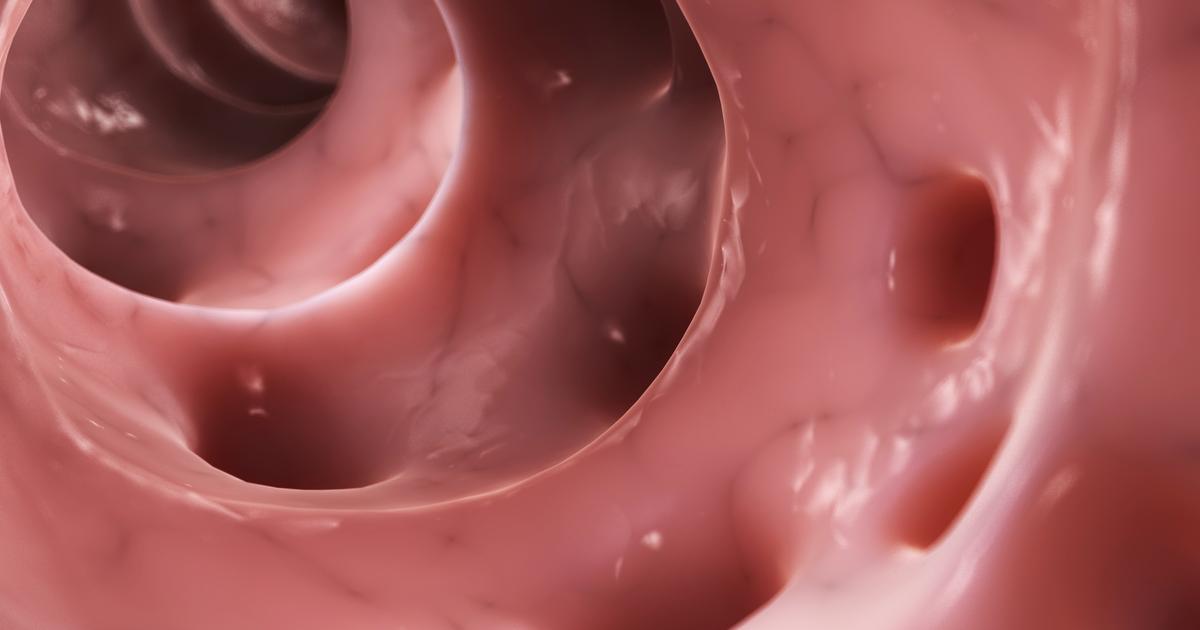What Causes Pain In The Lower Left Abdomen?
It can be difficult to pinpoint the cause of an individual's pain in their abdomen. However, the location of the pain can provide a relative idea of what the cause could be. Pain can be described as a sharp feeling, or as a deep and persistent ache. Pain in the lower left abdomen and upper left pelvis can come on suddenly and severely, or it can be chronic and gradually worsen over time.
The source of an individual's lower left abdominal pain can be pinpointed through the use of physical examinations, blood tests, urine tests, x-rays, abdominal ultrasound, computerized tomography scans, and MRI scans. The management and treatment of lower left abdominal pain are highly dependent on its underlying cause. The methods used include pain medication, gas relief medication, antacid medication, surgery, and diet changes.
Indigestion

Indigestion describes a sensation of discomfort in an individual's upper abdominal area. However, indigestion is felt differently from one person to the next and may have several other accompanying symptoms. Most individuals experiencing indigestion tend to have painful sensations in their upper abdominal region. This sensation can be caused by a build-up of acid following the consumption of a meal. An individual's stomach produces acid to help digest food, and this acid can irritate their bowel, stomach, or esophagus.
Indigestion can also be the result of eating too quickly, drinking too much alcohol, swallowing air while eating, certain medications, and pregnancy in some cases. The feeling of indigestion is described by many as a slight pain, mild discomfort, bloating, heartburn, a burning sensation, or gas. Indigestion tends to worsen or occur more frequently when the affected individual is under stress. Because indigestion manifests differently in everyone, some individuals may feel it as pain in their lower left abdomen.
Diverticulitis

Diverticulitis is an illness where an individual's diverticula, pouches that can develop in an individual's intestinal lining, become inflamed and infected. Diverticula most commonly form in an individual's large intestine or colon but can develop at any point in the intestines. In most individuals, they are benign and do not cause problems.
However, the diverticula in some individuals may tear open or become compressed by injury or other structures. These mechanisms can cause the diverticula to become inflamed as the body attempts to repair the damaged tissue, or become infected as a virus or bacteria invade and colonize in the tissue. Pain that occurs from diverticulitis is most commonly located on the lower-left side of an individual's abdomen. Diverticulitis pain is persistent and may last for several days.
